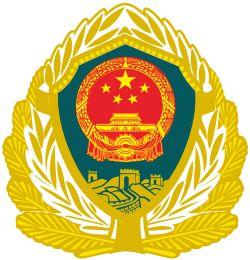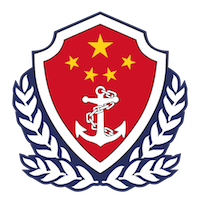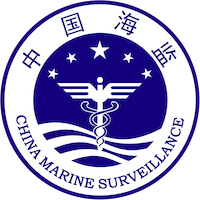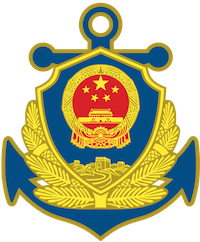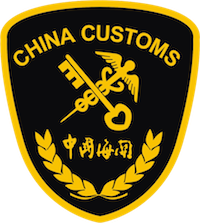South China Sea Incidents
Over the past several years, China has revamped its maritime strategy to reflect its shifting national priorities. At the 18th National Party Congress in 2012, then-President Hu Jintao called for China to become a “maritime power” capable of safeguarding its maritime rights and interests. This position was reinforced in a 2015 defense white paper that declared “The traditional mentality that land outweighs sea must be abandoned, and great importance has to be attached to managing the seas and oceans and protecting maritime rights and interests.”
The China Coast Guard (CCG) is critical to securing its maritime interests. According to the Department of Defense the CCG is “responsible for a wide range of missions under the umbrella of maritime rights protection, including enforcement of China’s sovereignty claims, surveillance, protection of fisheries’ resources, anti-smuggling, and general law
enforcement.”
Our data show that of the 70 major incidents identified in the South China Sea from 2010 onward, at least one Chinese maritime law enforcement vessel was involved in 73 percent of incidents. Four additional incidents involved a Chinese naval vessel acting in a maritime law enforcement capacity, raising that number to 79 percent.
Quick Facts
| The People’s Armed Police (PAP) assumed control of the China Coast Guard in July 2018. The PAP is a paramilitary police component of China’s armed forces that is charged with internal security, law enforcement, and maritime rights protection. The Central Military Commission maintains direct control of the PAP. |
| The China Coast Guard was established in 2013. Prior to 2013, China relied on at least five major maritime administrative agencies to enforce maritime law. Bureaucratic competition and political infighting between these “Five Dragons” inhibited China from pursuing a comprehensive maritime law enforcement strategy. |
| In the move to establish a unified coast guard, four of these agencies were rolled into the CCG. Key among these is the CMS, a paramilitary maritime law enforcement agency that has been referred to as China’s “second navy.” The only “dragon” not rolled into the coast guard was the Maritime Safety Administration, which is part of the Ministry of Transport. |
Budget and Tonnage
The establishment of a unified coast guard has corresponded with a substantial increase in Chinese government spending. Estimates from 2017 show that China averaged an annual coast guard budget of $1.74 billion over the previous five years. By comparison, Japan is estimated to have spent $1.5 billion per year while the average yearly budget of Vietnam and the Philippines is between $100 million and $200 million over the same period.
At present, China possesses the world’s largest coast guard fleet. China’s fleet of large patrol ships1 has more than doubled since 2010, jumping from 60 to 130 ships. The capabilities of CCG vessels are also expanding. The CCG’s newer ships are larger than older ships, which enables them to remain on station longer, and more capable of intimidating and harassing the ships of other states. Many newer CCG ships are outfitted with helicopter facilities, water cannons, and guns ranging from 30mm to 76mm.
East China Sea
Importantly, the use of CCG vessels to ensure China’s maritime interests is not isolated to the South China Sea. In the East China Sea, China conducts regular patrols with both CCG ships and other law enforcement vessels in the territorial sea and contiguous zone around the disputed Senkaku/Diaoyu Islands.

Conflicting territorial claims between China and Japan has resulted in a number of incidents. One prominent incident occurred on September 7, 2010 when a collision between a Chinese fishing trawler and Japanese Coast Guard patrol boats resulted in the arrest of the Chinese fishing captain. The incident triggered a major diplomatic row between China and Japan.
A second major incident occurred between August 5 to August 9, 2016, when 200 to 300 fishing vessels and 16 CCG vessels (at least seven of which were armed) entered the area around the Senkaku/Diaoyu Islands. The large numbers of Chinese fishing vessels present in the area was not unusual for peak fishing season, but their accompaniment by CCG ships was unprecedented. In response, Japan lodged over 30 protests with the Chinese government.
According to the Japan Coast Guard, Chinese incursions into contested waters in the East China Sea have trended upwards since 2010 and have become routine since September 2012, following the Japanese government’s purchase of three of the Senkaku/Diaoyu islands from a private Japanese citizen.
In recent years, Chinese vessels entering the territorial sea and the contiguous zone are increasingly armed. The first reported instance of an armed CCG ship entering the area occurred in December 2015, when the Haijing 31239, a former navy vessel armed with four 37-millimeter autocannons, was sighted on the 22nd within the contiguous zone. Four days later, it entered the territorial waters around the islands. 

